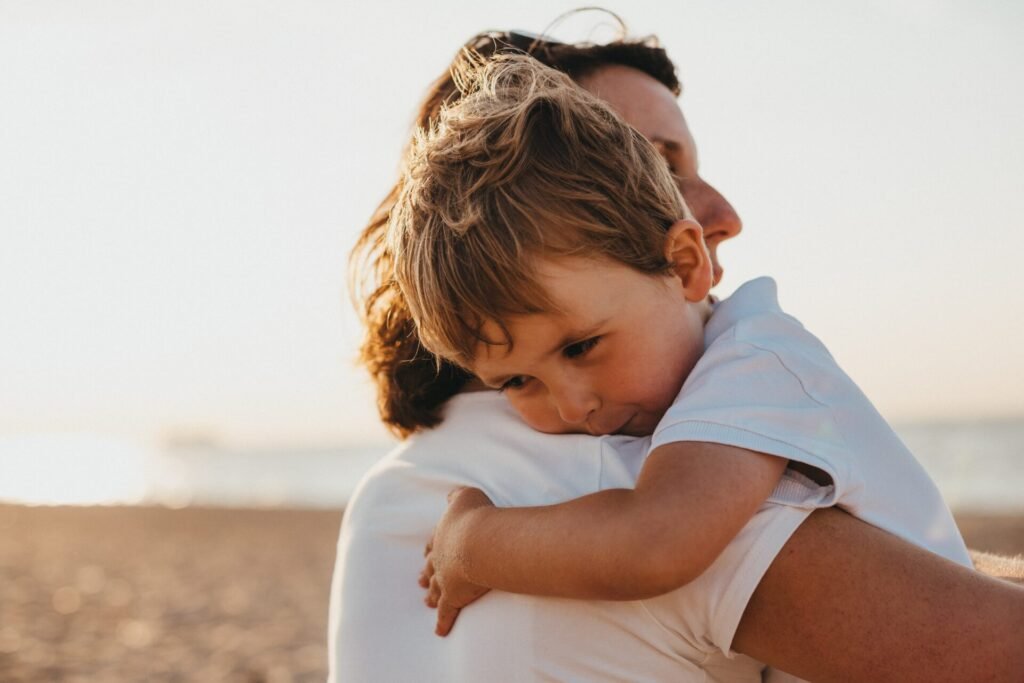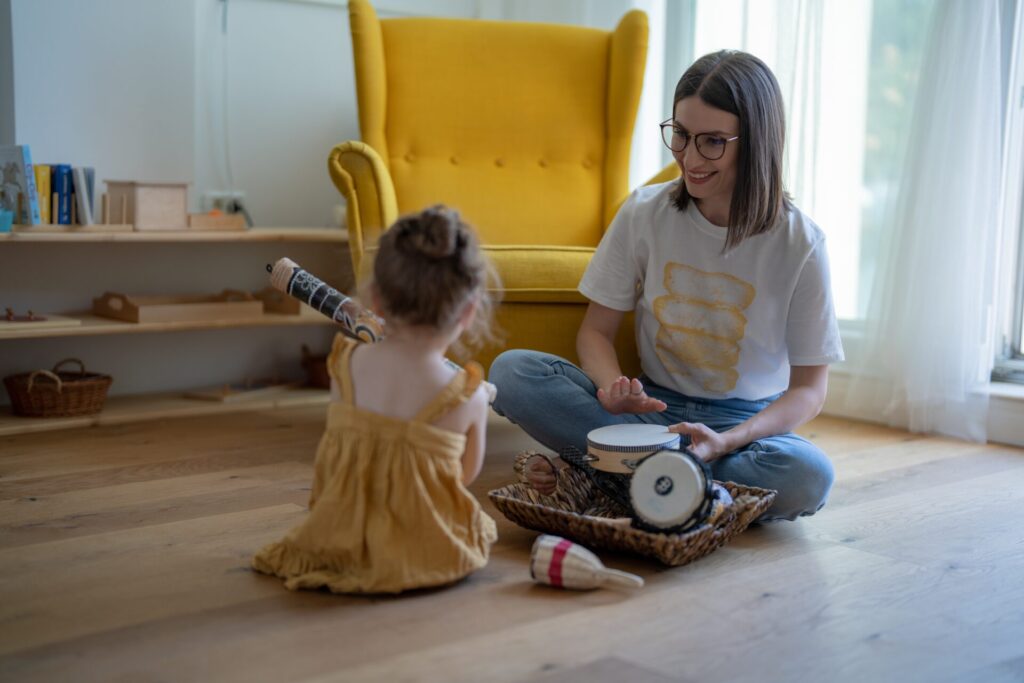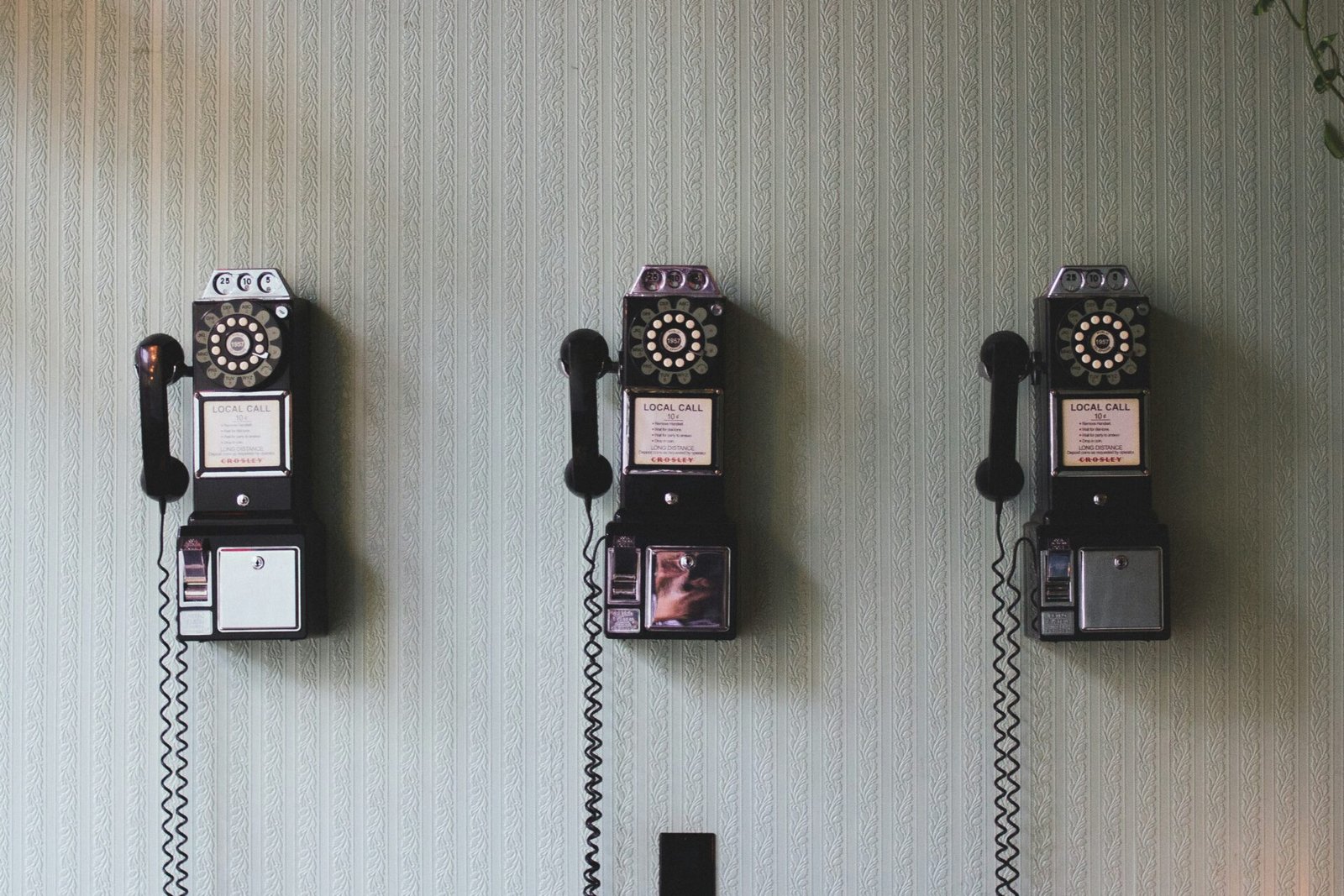Sometimes, being angry, I think it’s the bottom already – and it knocks from the bottom again,
then I want to run from you, from home, at least somewhere.
Every day since I became a mother
I celebrate the minute of the day when you were born.
Viktoriya Chernyakhivska
When I yell at my child, and yes, sometimes I yell at my child, I involuntarily admire his calmness. The part of me that screams, breaks from envy for this peace, for the tool still available to this child. To observe my emotion, and then just fall asleep after the stress received, in order to wake up happier. I know that this luxury is available even to some adults. It is as wonderful for the body as it is painful for the stressor who is left alone with his dramas. We scream when we ourselves need care and don’t find how to communicate with a child.
Emotional literacy and affective responsibility

To fall asleep as if nothing happened. It did, of course, and will most likely come back like a tornado into that child’s life sometime in their teens, 30s or 35s. For a battered adult, it can be a truly unheard-of luxury to just be able to fall asleep when you’re stressed. As well as simply saying: I’m uncomfortable, sad, hurt and offended, I’m tired of your yelling, and generally I want candy. It’s good that I was able to teach my child such things, it’s bad that I wasn’t taught them myself. And yet, now I endlessly learn from my child and receive a hundredfold what I taught him myself. And then I melt with gratitude.
Not being able to run away from my own child, turn off his childness and stop caring about him taught me more than all relationships together. My child became the first relationship from which I could not escape, on which I decided to work. I used to think that when something went wrong, it was my personal problems. But the relationship implies a common problem.
Among Latinos, there is a concept of “affective responsibility”: communication/relationship with others implies joint responsibility, not “your problems”, as it is customary in our country. Of course, in the case of a child, it’s not entirely appropriate to talk about joint responsibility. But it’s wonderful when such meanings are established from an early age: you cannot, for example, say something disgusting and just walk away, the condition of the other person after that – matters. The explanations we use to accompany our own emotions and weak decisions work wonders. We don’t control what we feel. But we do control how we express it and what others will take from it.
Any person feels anger when their needs are not met, plans are destroyed, and boundaries are violated.
Natalya Bida, Antonina Oksanych, Oleksandra Sydorchenko “Communication with a child”
The first aid

The main problem is that all this (upbringing, communication, speaking, containerization of emotions) requires a resource, which sometimes you simply have nowhere to take from. How to communicate with a child when you yourself are on the edge? This may end with physical abuse and ignoring/isolation. From the first one, the child draws mistrust, possible health problems, various addictions and a model in which hitting is an indispensable part of life (future partner, children, inability to defend oneself, etc.). From being ignored and isolated, the child draws the following conclusions: if I am myself, if I say what I think, show my emotions, I risk being left alone. This feeling of isolation is then extremely difficult to live with.
If a mother is overwhelmed with work and routines and doesn’t have additional helping hands, it’s very easy to despair and lash out at the child or burn out. But there are small tools. Depending on the situation, you can use the following:
- music
- joint dancing and singing
- joint drawing, coloring
- massage or hairdo to each other
- viewing mutual photos or videos (people tend to document more positive moments)
- therapeutic games with the child
- breathing exercises (Svitlana Roiz adapted breathing cards for Ukrainians. This is a great tool that will help calm both parents and the child, and give the child additional support; the cards are just an example, the great news is that you can use any object or even your own hand)
- turn on cartoons for the child and go read one of the books presented below (for example, the one with a lot of pictures – “Communication with a child”, where you can immediately find your way and scroll to the right page
- psychologist Maria Malykhina also advises such tool as time for hugs: when there is no resource/time for the child, set an alarm several times a day, and at the moments when it rings, put everything aside and go hug the child.
Our conversation with my son after my nervous breakdown, after everyone cried:
– Mom, what are you doing?
– I’m reading a book about how to better communicate with you.
– I am so glad that you have such a book!
Books that will help you learn to communicate with a child

Most parenting books are more about what NOT to do than what you SHOULD do. But where can you get healthy models if you haven’t had them in your own life? Here is a selection of books that provide healthy patterns – all you have to do is read and learn to practice them to the level of a habit.
- Natalya Bida, Antonina Oksanych, Oleksandra Sydorchenko – Communication with a child in pictures
- Natalya Bida, Antonina Oksanych, Oleksandra Sydorchenko – I understand you
- Alla Slotvinska – Let’s play together, or how to deal with children’s disobedience
- Tina Bryson, Daniel Siegel – No Drama Discipline
- John Gottman, Joan Declaire – The Relationship Cure: A Five-Step Guide for Building Better Connections with Family, Friends, and Lovers
- Adele Faber and Elaine Mazlish – How to talk so kids will listen & listen so kids will talk
- Gerald Newmark – How to raise emotionally healthy children?



